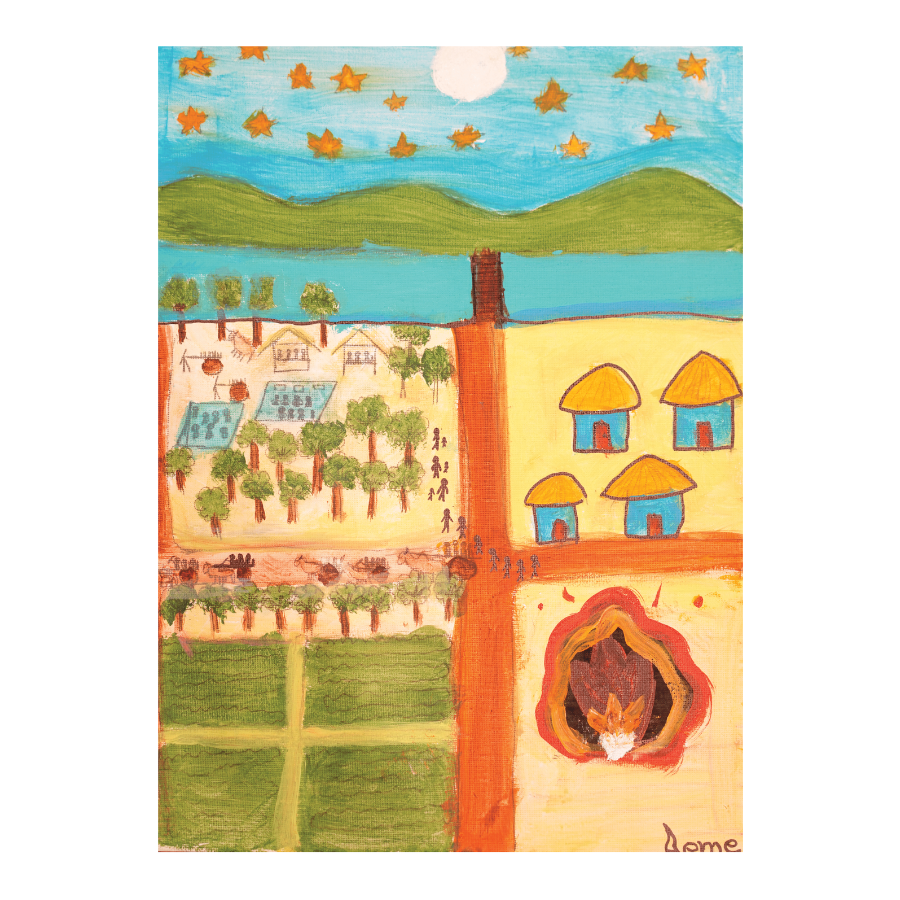East Asia Connect
EAST ASIA CONNECT
A Vision for Every Child, A Voice for Every Story
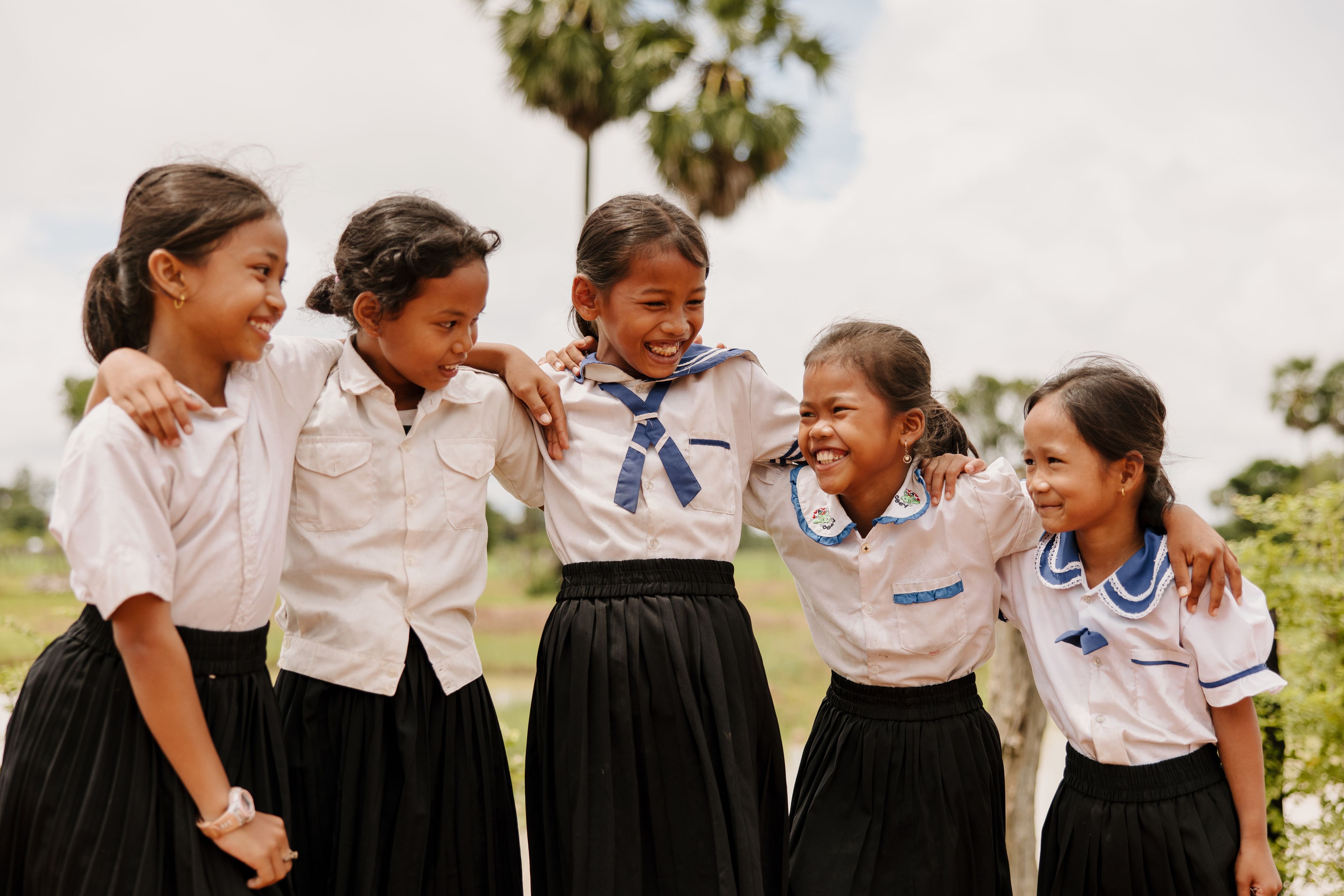
When we speak of children, we speak of possibility. Of futures still unwritten, of voices rising, of dreams daring to bloom even in the hardest places.
This edition is for them,
for the children whose stories shape our purpose,
whose laughter drifts across rice fields, whose courage quietly defies the odds.
As we celebrate World Children’s Day, we pause to listen, not to the noise of headlines, but to the heartbeat of East Asia’s children.
Their voices are not the background—they are the message.
Their lives are not statistics, they are the reason.
In these pages, you’ll find our new research with the Institute for Economics and Peace (IEP), children’s art and stories that speak truth to power, and glimpses of communities turning resilience into renewal, from classrooms to the waters of Tonle Sap.
This is more than a newsletter.
It’s a window into the world as children see it,
a reminder that behind every number is a name,
behind every challenge, a chance,
and behind every child, a future worth fighting for.
Terry Ferrari
Regional Leader, World Vision East Asia
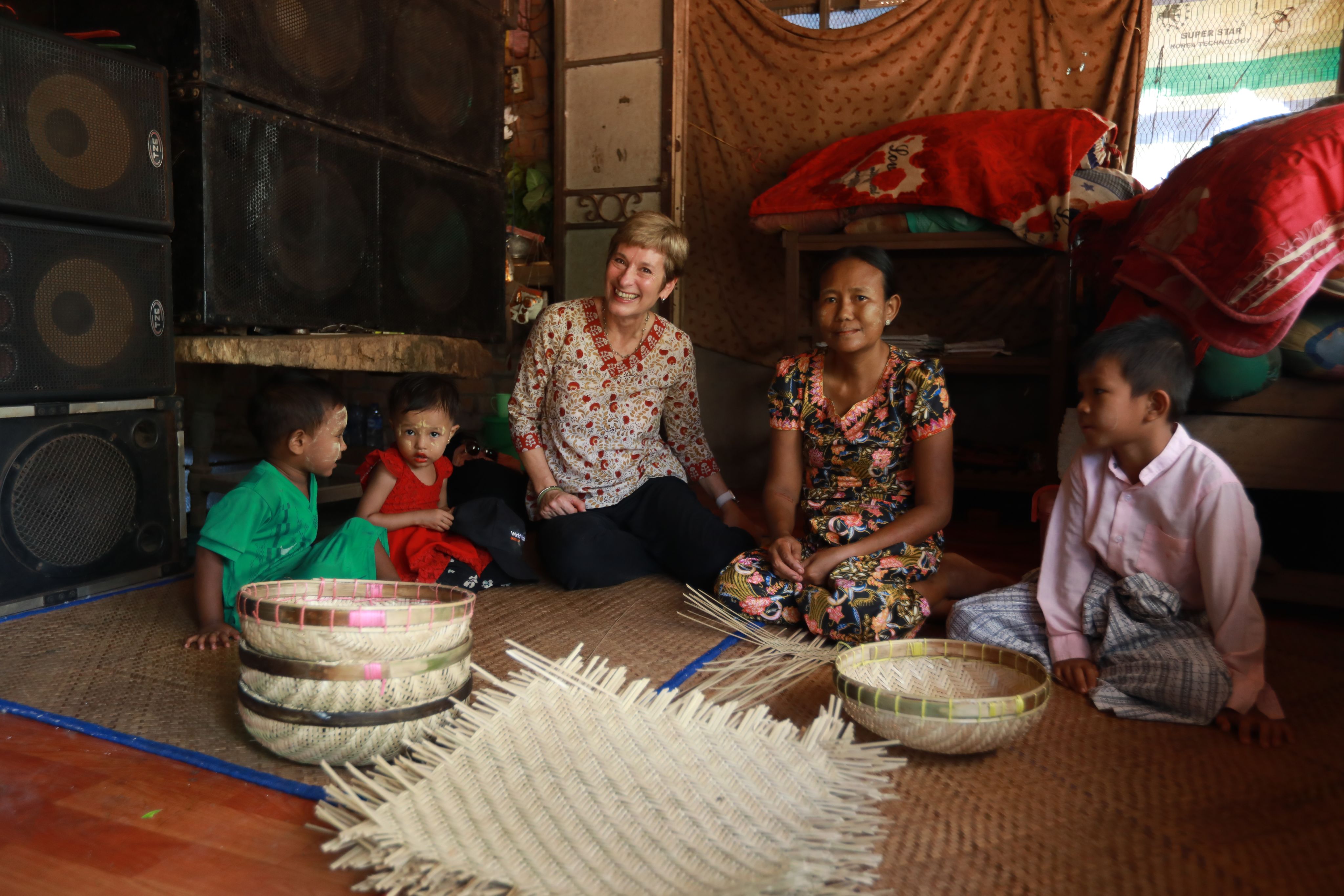


Our new report, Behind the Averages: Uncovering Child Vulnerability in East Asia, developed with the Institute for Economics and Peace (IEP), uses the Multidimensional Child Vulnerability Index (MCVI) to assess 36 indicators across five domains: deprivation, discrimination, violence, environmental risk, and resilience.
The findings are clear: children in East Asia are more vulnerable today than they were four years ago, driven by conflict, climate shocks, poverty, and systemic exclusion. Progress has stalled, and in some areas, reversed.
- Children in Myanmar, Laos, Cambodia, and North Korea remain among the most vulnerable in East Asia.
- East Asia now ranks third-worst globally for environmental exposure, with recurrent natural disasters endangering millions of children each year, underscoring an urgent need for stronger protection and resilience efforts.
We call for urgent action to protect every child’s right to safety, dignity, and hope.
Hear Their Voices. Feel Their Reality.
Shape Their Future.
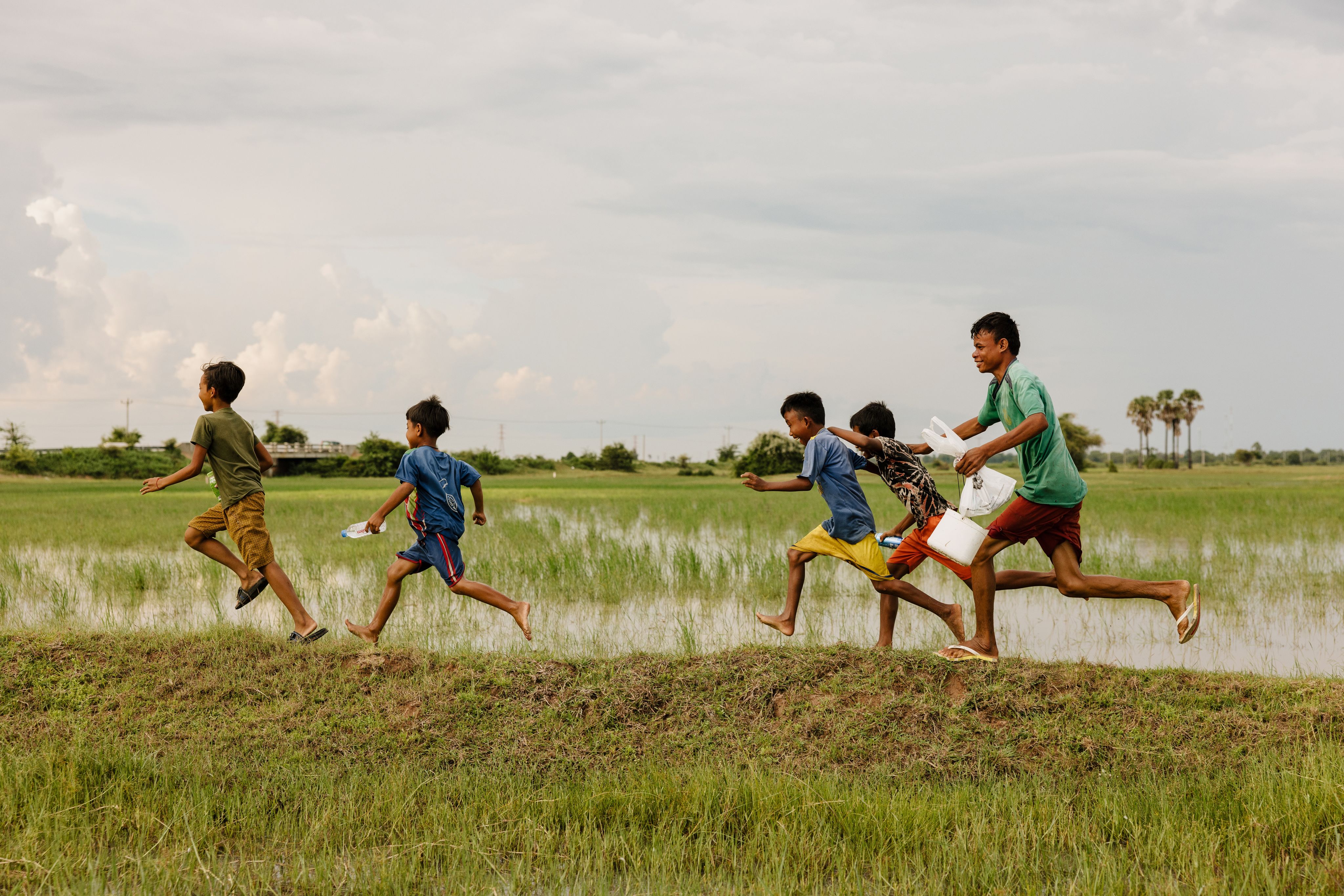
"Before the fighting, my family and I lived happily in our village. I went to school, played with my friends, and helped my mother at home. When the soldiers came, my aunt, uncle and I were captured with other villagers, even children my age. They threatened to take us to the border. I was so scared and cried. My aunt and uncle were killed that day. I still remember that fear. Even now, when I see soldiers, I tremble."
-13 year-old girl in Myanmar-
Behind every statistic is a story.
In this video, children share their own experiences: their fears, their resilience, and their dreams for a better future. Their voices remind us why action can’t wait.
Here their voices and stand with the children of East Asia.
Canvas of Hope:
The Expression of Young Minds Camp Young Leaders
World Vision East Asia believes deeply in the transformative power of children and young people.
Canvas of Hope celebrates the voices, experiences, and future aspirations of Young Minds CAMP’s young leaders. Each artwork is a personal reflection, a window into the world as they see it, and a testament to their hope and courage.
Homeless Girl
"My painting is about a girl who lives alone. Her migrant parents faced many challenges, and also, people around her looked down on her. They do not take care of her. She faces abuse all the time because of being a small girl in a village and she is concerned about what to eat and how to go to school.”
- Nita, 15, Cambodia
Stop the War
"Before this, I had to live in the forest because there was fighting in the village. I want to say that for the well-being of children, please stop the violence. Free them from violence, abuse, and neglect. In my community, 50% of children dropped out because of the civil war, and there are violent attacks even at 12:30 am. I want to express my feelings about this. And also want to say that children need psychosocial support and need to attend school without fear and worrying about the future.”
- Aeme, 14, Myanmar
One Table, Two Worlds
“This is the same table but from two different locations in the world. One child has enough food, enough nutritious food throughout the day. But the other child has no food to eat. He is very hungry. From the picture, one child is well-fed and healthy. But there are many children out there who do not have enough food for their basic needs. To solve this problem, we should organize food support activities.”
- Duc, 13, Viet Nam
Sharing Makes You Shine
"It is about a herder who lost his animals from drought, natural disaster, specific to Mongolia’s harsh winter and after he lost his animals, he became skinny. There is support from a lady who helped him not starve. The lady is so bright, because in Mongolian culture, there is a saying you get what you plant.
The seed you sow in the soil becomes a plant. It is like Karma, you get what you deserve. It is about helping others and it will give back a reward to you, some happiness.”
- Dudu, 14, Mongolia
Where Hope Lives, Vision Becomes Real
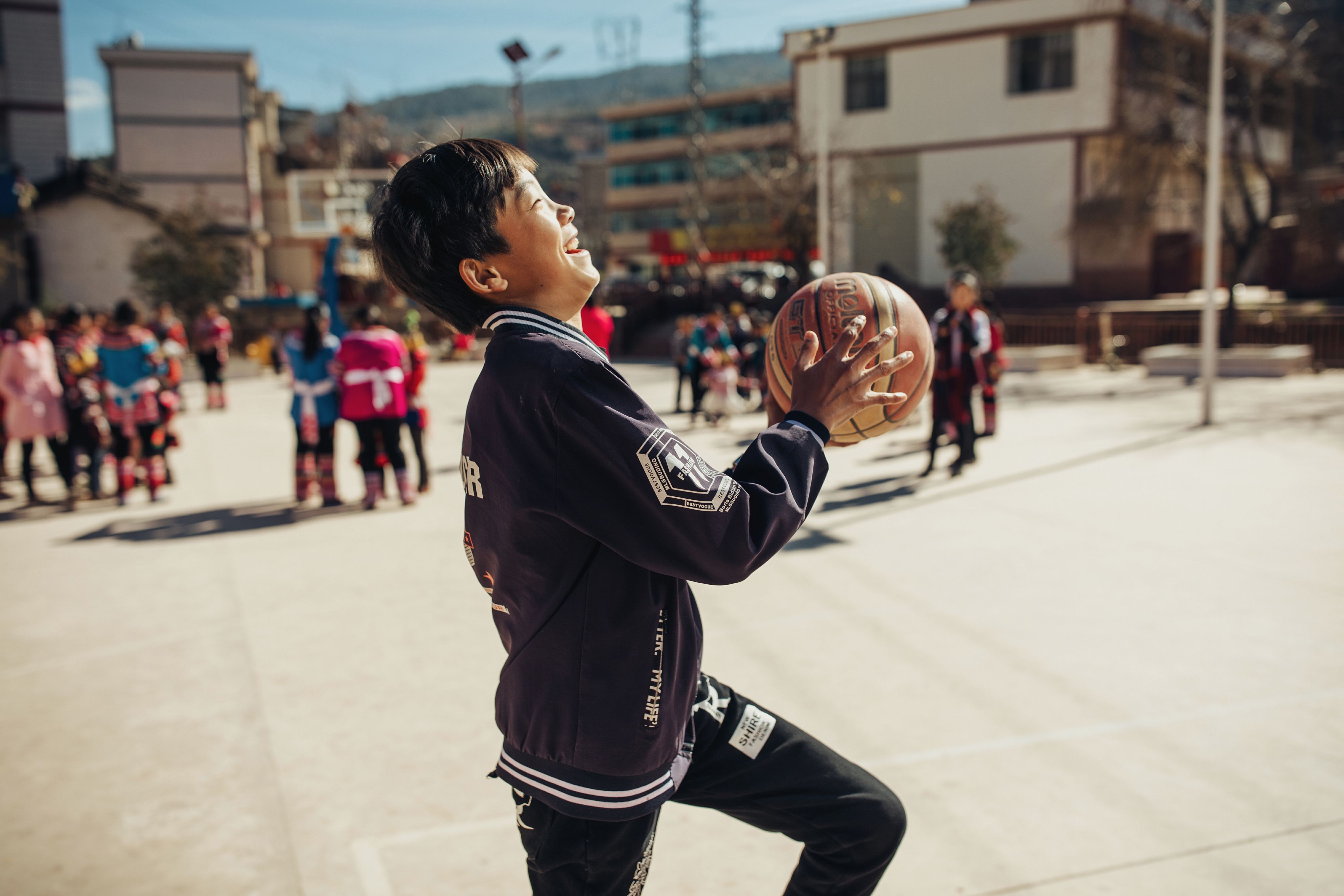
Child Advocate Ming Urges Leaders: Protect Every Child
At a global ministerial forum marking one year since governments pledged to end violence against children, Thai child advocate Ming Satsawat delivered a powerful call to action. Sharing his journey from a conflict-affected border community to the global stage, Ming urged leaders to turn promises into lasting protection for every child, everywhere.
Nhi’s Journey: From a Shy Student to a Voice for ASEAN’s Children
At just 16 years old, Nhi from Viet Nam stood among leaders and youth representatives from across Southeast Asia at the ASEAN Learning Session on Meaningful Child Participation in Kuala Lumpur, Malaysia. It was a moment that marked how far she had come, from a quiet student hesitant to speak up, to a confident advocate for children’s voices.
Thai Youth Leader Heads to COP30 for Climate Justice
At just 19, Chairat “Alex” Dipho is taking his advocacy from local communities in Chiang Mai to the global stage at COP30 in Brazil. A true testament to youth leadership, Alex’s journey, fueled by his work with World Vision Thailand and the Young Minds CAMP, shows how one young voice can drive powerful action for climate justice and child participation across ASEAN and beyond.
Community-Driven Floating Latrines
On Cambodia’s Tonle Sap Lake, where homes, schools, and livelihoods float on the water, thousands of families are trapped in a cycle of poor health simply because safe sanitation has never been possible in their environment.
The Community-Driven Floating Latrines initiative introduces an affordable, community-designed solution tailored to the realities of floating villages. Piloted in Phat Sanday, the project seeks to:
- Protect the lake's fragile ecosystem
- Reduce waterborne disease
- Restore dignity and health for vulnerable communities
By combining local knowledge with practical innovation, this effort is turning resilience into renewal for families who call the lake home.
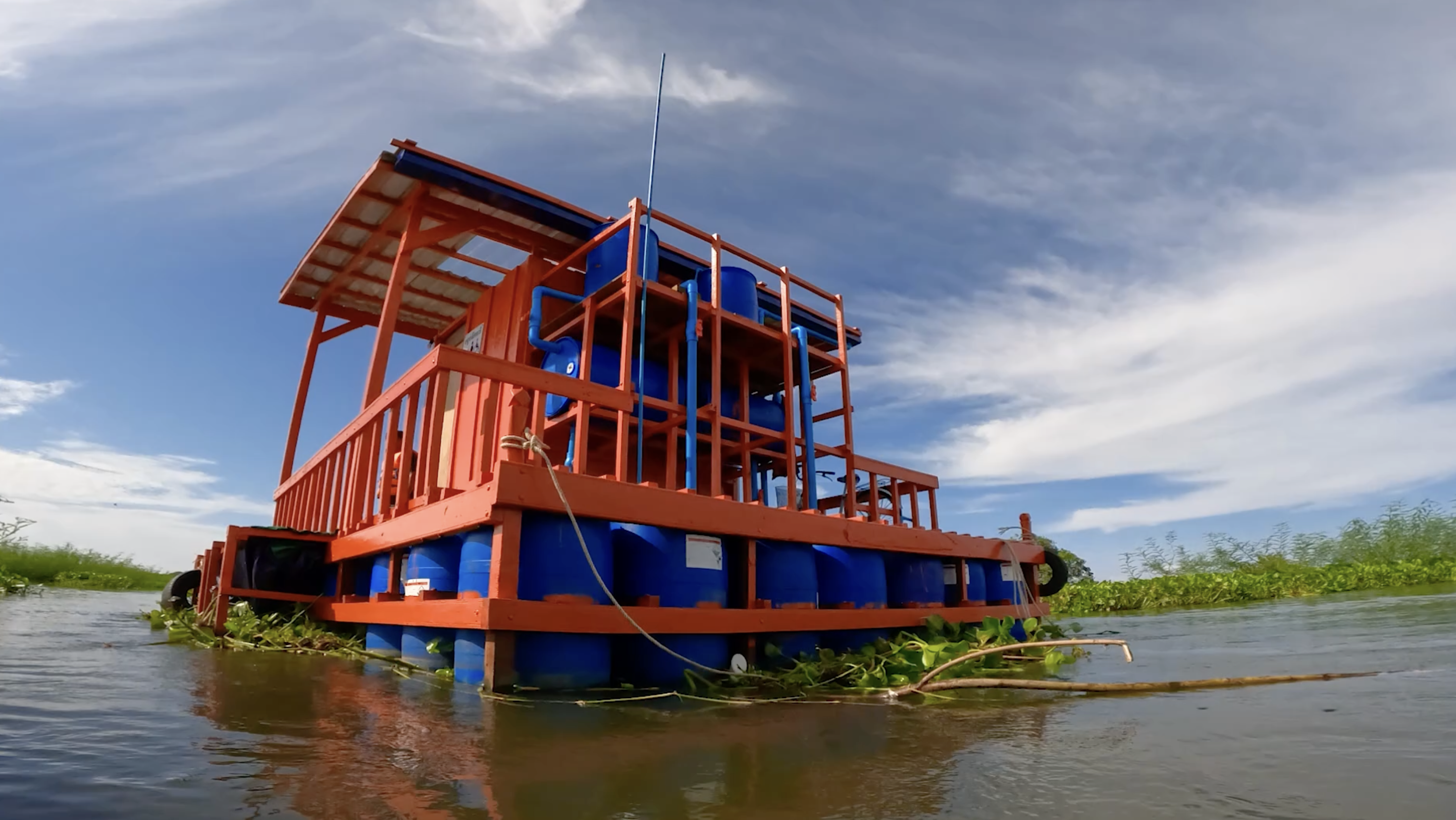
Journey of Hope
From a Mountain Village to the Hospital Ward
When Fon looks at her life today, standing confidently in her white nurse’s uniform at a hospital, she still remembers the moment everything could have turned out differently.
From Sponsored Child to Future Teacher
Once on the verge of dropping out to support her family, Van Anh found confidence and opportunity through World Vision’s sponsorship program. She has since graduated from university and is now shaping young minds as a student teacher in Da Nang.
From Shy Child to Brave Leader: Hun’s Revolution
Baribour village once struggled with poverty, illness, and isolation. Today, Seng Hun’s journey from sponsored child to community leader stands as a testament to what hope can build.
Be THE FIRST to Discover Research Driving Change in East Asia
Scan the QR for the latest studies and publications.









